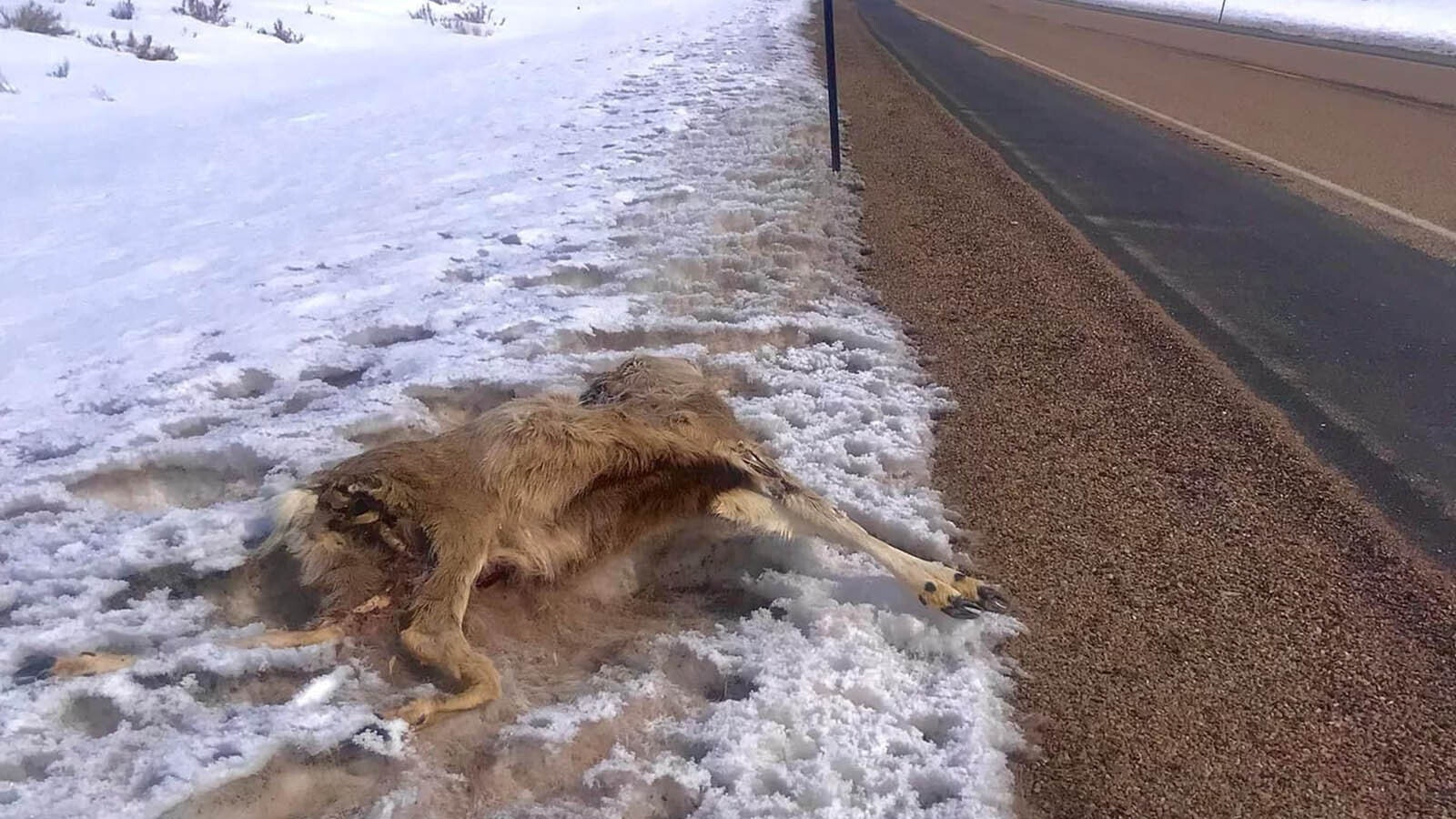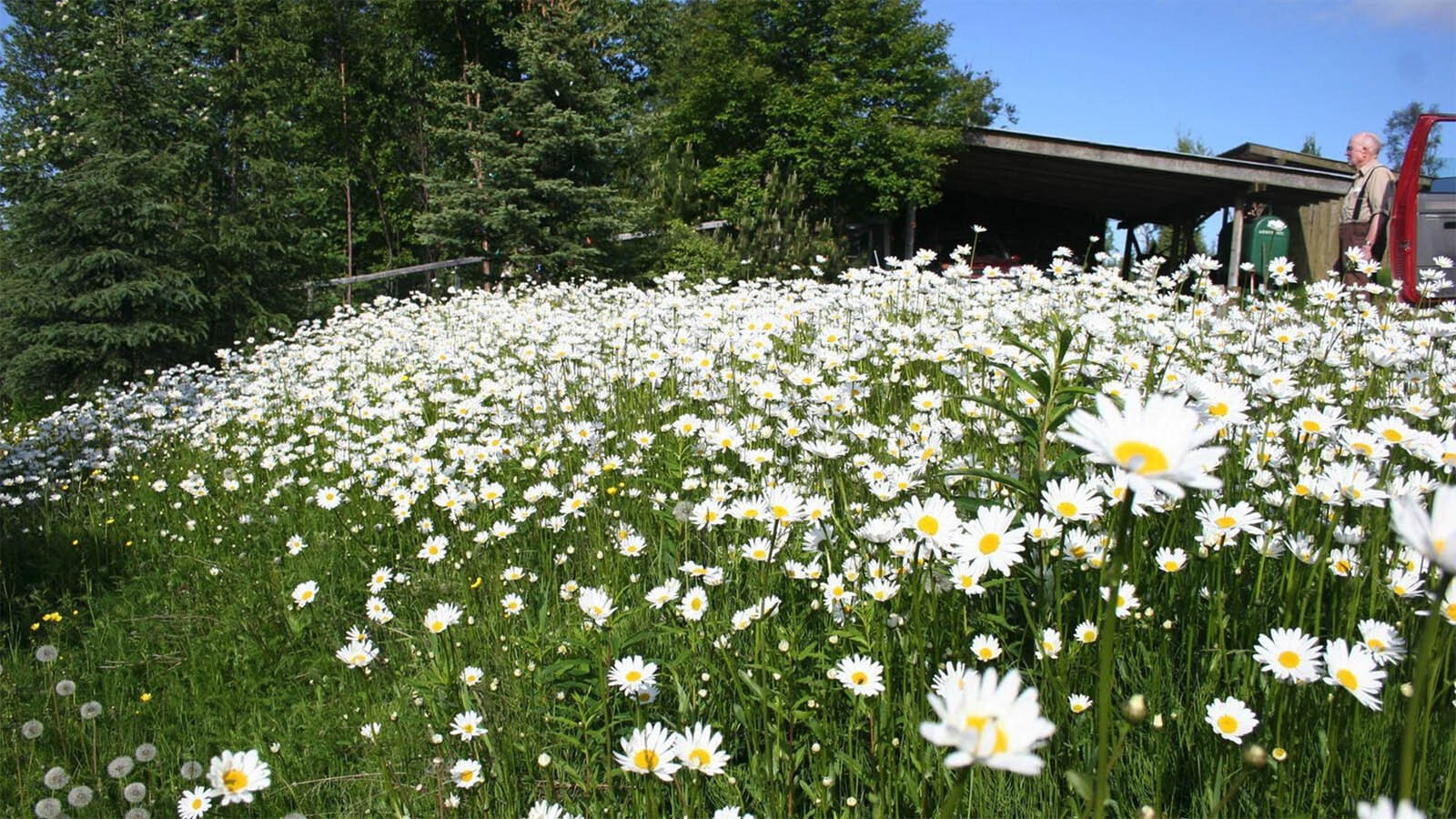With $30 million in place, a wildlife crossing on a deadly section of Highway 189 that’s become an antelope “slaughterhouse” can’t be built soon enough, said a former Wyoming Game and Fish commissioner who lives in the area.
After decades of driving up and down roughly 30 miles of Highway 189 between Kemmerer and Interstate 80, Mike Schmid has seen entirely too much roadkill.
“Over my 40 years of driving that stretch, if I had counted all of the carcasses I have seen by the road, it would be thousands of dead deer and antelope, literally thousands of them,” said Schmid, who lives in La Barge. “It’s like a slaughterhouse going through there in winter when our deer numbers are high.”
Even so, it might not be until a least 2026 before a new wildlife crossing project can be completed there.
Roadkill carcasses are more scarce this year only because the herds are still reeling from massive die-offs during the brutal winter of 2022-2023, Schmid told Cowboy State Daily.
During that winter, he said he spotted “five deer carcasses within 100 yards of each other,” all struck and killed by vehicles.
And even this year, with comparatively mild weather, he still sees some roadkill, including many animals taken out by heavy trucks.
“Even if those heavy trucks hit their breaks, they might still hit two or three animals before they can stop,” said Schmid.
And heavy truck traffic along Highway 189 is only going to get heavier with a nuclear power plant and a massive carbon capture operation planned in the region.
Good News
The outlook isn’t all doom and gloom, Chris McBarnes, president of the WYldlife Fund, told Cowboy State Daily.
There have long been plans to build five underpasses and an overpass for wildlife along Highway 189 between Interstate 80 and Kemmerer, along with fencing to funnel animals toward safe crossings.
But the roughly $30 million price tag for the project seemed a daunting hurdle to clear.
However, “Wyoming pulled off an incredible feat in 2023,” McBarnes said, as the money was raised more quickly than hoped for.
The WYldlife Fund and others pulled in about $8.8 million through private donations and state funds.
Schmid, who runs SOS Well Services, said his company pitched in thousands of dollars.
Then an unprecedented $24.3 million came in from federal highway money for wildlife crossings.
“Only $112 million was allocated for wildlife crossing projects nationwide,” so it’s amazing that one project in Wyoming got such a big piece of that pie, McBarnes said.
“It all happened in less than a year. It happened in about 10 months,” he added.
Much of the credit goes to Wyoming wildlife researchers who gathered the facts needed to make a strong case for just how important the crossings are in terms of saving wildlife. Not to mention, protecting human life and property from collisions, McBarnes said.
“With all the work that the Wyoming Migration Initiative has done, all the work that the Wyoming Game and Fish Department has done, the science was really dialed in,” McBarnes said.
Will It Be Another Success?
Another bad section of Highway 189, between La Barge and Big Piney, was recently made much safer with the completion of a $15 million wildlife crossing project. Deer, antelope, moose and even porcupines have used a series of underpasses there to safely cross the highway.
It's hoped that ground can be broken on the Highway 189 project between I-80 and Kemmerer by spring 2025, with completion perhaps as soon as the following spring.
Engineering work has already started, McBarnes said.
Along that stretch, Game and Fish estimates there are at least 80 collisions with just deer a year — and those are only the ones that are officially reported.
There are probably far more wildlife deaths that go unreported, but it’s hoped that the wildlife crossings will cut collisions by 80% to 90%, according to Game and Fish.
Schmid, who used to serve on the Wyoming Game and Fish Commission, said that money for wildlife crossings is money well spent, and there is still much work to be done in Wyoming.
“The Game and Fish says there are at least 6,000 wildlife vehicle strikes in Wyoming every year,” he said.
But again, those are just the ones that get reported, and when pregnant does are hit, “they have a baby or two inside them” that are also lost, Schmid said.
So, there’s really no telling what the actual toll on Wyoming’s wildlife is, he said.
Mark Heinz can be reached at mark@cowboystatedaily.com.








